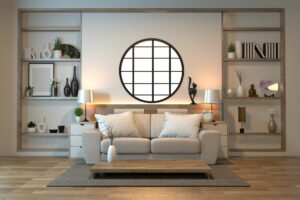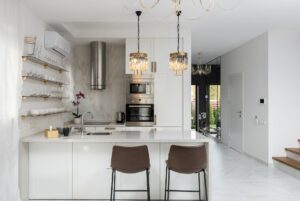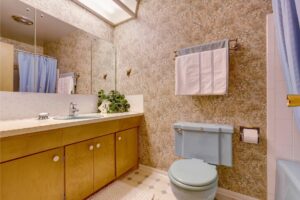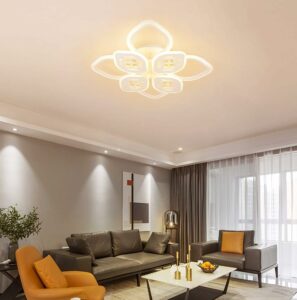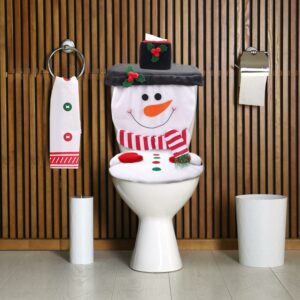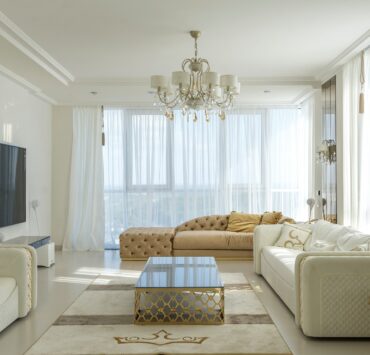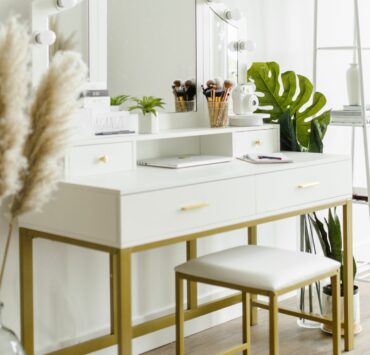A beautiful bay window exterior can transform your home’s appearance, adding a touch of elegance and charm. But, what are the advantages and disadvantages of these windows, and how can you make the most of this architectural feature? In this article, we’ll explore the benefits, drawbacks, and design ideas for bay window exteriors to help you decide if they’re the right choice for your home improvement project.
Advantages of Bay Window Exteriors
- Increased natural light: One of the main advantages of bay windows is their ability to let in an abundance of natural light, illuminating your living space and creating a warm, inviting atmosphere.
- Enhanced curb appeal: A well-designed bay window adds visual interest and character to your home’s facade, boosting its curb appeal and potentially increasing its value.
- Expanded interior space: Bay windows protrude from your home’s exterior, providing additional square footage inside. This extra space can be used for seating, storage, or even a cozy reading nook.
Disadvantages of Bay Window Exteriors
- Installation cost: Bay windows can be more expensive to install than traditional windows, as they require additional support structures and may need custom framing.
- Energy efficiency: While bay windows provide ample natural light, they can also result in increased heat loss due to their larger surface area. Proper insulation and a high-quality glass are essential to mitigate this issue.
- Maintenance: Bay window exteriors may require more frequent maintenance, as they are exposed to the elements from multiple angles.
Design Ideas for Bay Window Exteriors
- Choose the right materials: When it comes to your bay window exterior, selecting the appropriate materials is crucial. Popular options include:
- Wood: Offers a classic, timeless look, but requires regular maintenance to prevent rot and decay.
- Vinyl: A low-maintenance, budget-friendly choice that comes in a variety of colors and styles.
- Aluminum: Provides a modern, sleek appearance and is highly durable, but may not offer the same insulation as other materials.
- Integrate with your home’s architectural style: Ensure your bay window exterior complements the overall design of your home. For example, a Victorian-style home might feature a bay window with ornate details and trim, while a modern home may have a minimalist design with clean lines.
- Add decorative elements: To make your bay window stand out, add shutters, window boxes, or custom molding.
- Choose energy-efficient glass: Select double or triple-pane glass with a low-E coating to reduce heat loss and save utility expenses in your bay window.
Conclusion
Bay windows add natural light, curb appeal, and interior space. Installation, energy efficiency, and maintenance are some of the downsides but are easily outweighed by the benefits. Selecting the perfect materials, integrating your bay window with your home’s architectural style, and adding decorative elements may produce a spectacular feature that adds value and looks wonderful. Bay windows provide beauty and charm to your home’s exterior.

